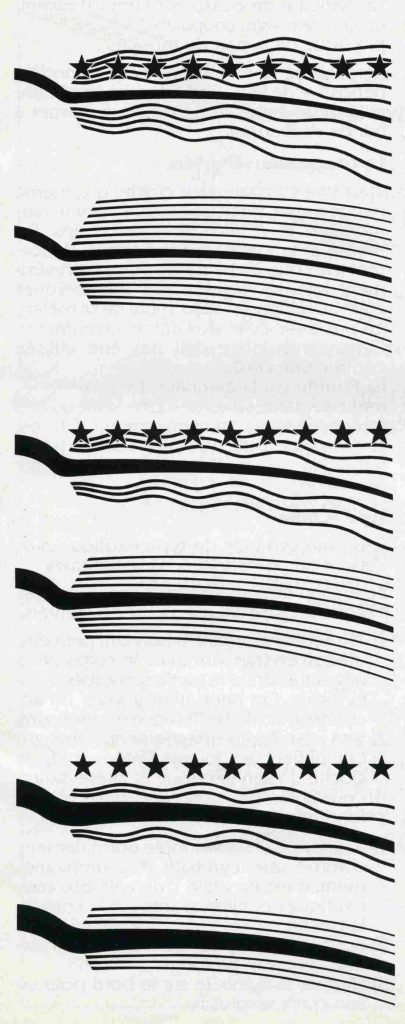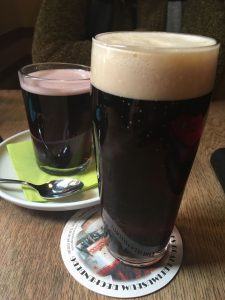Video from yesterday’s visit to Cymbal & Gong HQ. I got some fantastic cymbals I’ll be adding to the site soon: Holy Grail 22″ (1) and 20″ (2) rides, and 17″ (2) and 18″ (1) crashes. If you hear anything you like, let me know ASAP— the ones I didn’t get will be going out to other dealers soon.
The rides I got were in the range of light-medium jazz rides, some with the rounded K-type bell, some with the higher, squarish 50s A-type bell, all with a warm, clean, full jazz sound with good stick definition. All are fully usable as main ride cymbals. The crashes are all thins, with excellent crash response, and a slight funky edge.
0:00 – Leon Collection 20″ Thin Flat Ride
Very glassy but complex, delicate sounding cymbal.
0:28 – American Artist 17″ Medium Flat Ride
This looked like an 18″, but Tim said it was 17″. Very similar sound and feel to my old Paiste 602 18″ Medium Flat Ride.
1:25 – Prototype: 20″ Swish/China Type
I may have the size wrong— these two swishes may be 22s.
1:53 – Project cymbal: 20″ “Dizzy Gillespie” Swish with cutout, drilled for 17 rivets
Very interesting “Swish Knocker” type cymbal, primarily intended as a ride. Sound improved as we added more rivets. The last time it is played here there may have been 10 rivets inserted.
3:19 – playing flat rides again
3:35 – Dizzy cymbal with more rivets added
4:00 – 20″ Holy Grail Ride
All of the Holy Grails played here sounded great.
4:11 – another 20″ Holy Grail Ride
4:20 – another 20″ Holy Grail Ride
5:15 – 22″ Holy Grail Ride
5:40 – another 22″ Holy Grail Ride
5:53 – another 22″ Holy Grail Ride
6:10 – another 22″ Holy Grail Ride
7:30 – 17″ Holy Grail Crash
7:47 – two more 17″ Holy Grail Crashes
8:10 – 18″ Holy Grail Crash
8:20 – another 18″ Holy Grail Crash

 Here is a glossary of words I use to describe cymbal sound and performance.
Here is a glossary of words I use to describe cymbal sound and performance. Reposted from the
Reposted from the  In December we had a really great time meeting, hanging out with, and bringing cymbals to drummers in Berlin and Dresden.
In December we had a really great time meeting, hanging out with, and bringing cymbals to drummers in Berlin and Dresden.